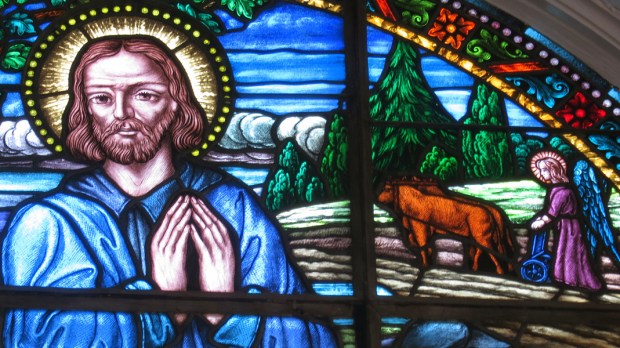I never had met a Christian named Isidore. I always figured the name was primarily used in the Jewish culture. In fact, several years ago, when my cousin Vicki discovered who our mysterious, missing grandfather was, we found out his name was Isidore. It proved my theory; Isidore Schul was a Jewish man from Krakow. (Yes, my family is part Jewish and some of our relatives perished in the Holocaust. But that is a story for another day). This is about the name Isidore.
Because, in fact, I was wrong about the name. All I had to do was discover a saint I had never heard of. That saint’s name is Isidore, known as St. Isidore the Farmer. Interestingly, he was named after St. Isidore of Seville who is a Doctor of the Church. Just like that, I had discovered two Catholic Isidores.
Many of you have perhaps heard of the St. Isidore(s). Since I never had, I had a bit of fun tying the Hebrew aspect of the name to a Catholic saint. It confirmed my deep consciousness of how we Catholic/Christians are rooted in Judaism.
But since one Isidore at a time is enough, here we will focus on Isidore the Farmer.
Isidore was born in Madrid to peasant farmers in the year 1070. His namesake was Archbishop Isidore of Seville, who held that post for more than three decades and would one day become St. Isidore of Seville.
Isidore’s mom and dad were quite poor and before long Isidore had a hoe in his hand working the soil.
A wealthy landowner from Madrid, Juan de Vergas, brought Isidore into his employ. Isidore was still a boy, but that “boy” would work on the same estate for the rest of his life.
Isidore was deeply religious and got up extra early every morning to go to Mass. As a young man Isidore met Maria de la Cabeza and they fell deeply in love. Maria was as devout and as generous as her new love and they were married. They immediately set a wonderful example for married Catholics. They both had a genuine love for the poor and many times sacrificed what little they had so others could eat.
Isidore and Maria had a son and they named him Illan. Legend has it that when Illan was a toddler, he fell into a deep well and there was no way to get him out. Isidore and Maria knelt together and joined hands in prayer and the well slowly filled, lifting Illan to the top so he could be saved. His mom and dad believed God had given them a miracle to save their son. In thanksgiving for the miracle they vowed to remain celibate for the rest of their lives. They were truly people of great faith because when Illan died not long after, they never doubted God for a moment or went back on their vows.
People told stories of how Maria always had food on the stove for those in need. She knew that almost every day Isidore would bring home any hungry person he came across. One time he brought home more people than they had food for. Maria told her husband that there was nothing left. He told her to check the pot again. When she went back and looked it was full. She fed all the people he had brought home with him.
Isidore’s reputation for holiness was so great that legend says angels would take his turn at the plow whenever he and Maria were praying or serving the poor.
Isidore died on May 15 (also his feast day), 1130. He was canonized a saint on March 12, 1622, by Pope Gregory XV. He is the patron saint of farmers and laborers. St. Isidore was canonized along with four other well known saints: St. Ignatius Loyola, St. Teresa of Avila, St. Francis Xavier and St. Philip Neri. St. Isidore is thus a part of the group known in Spain as the “Five Saints.”
One final noteworthy thing about St. Isidore; he was six feet five inches tall and his body has been found to be incorrupt.
After Isidore’s death, Maria became a hermit and many miracles were attributed to her as well. She was beatified in 1697. In Spain they call her “Santa Maria de la Cabeza.”
We ask all of these saints to pray for us.

